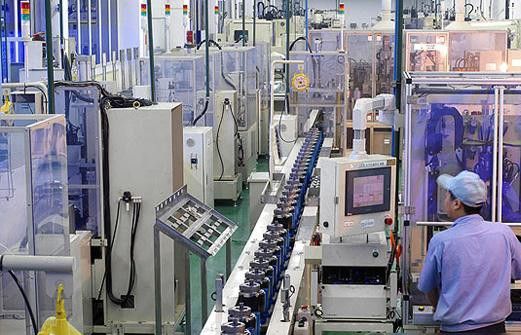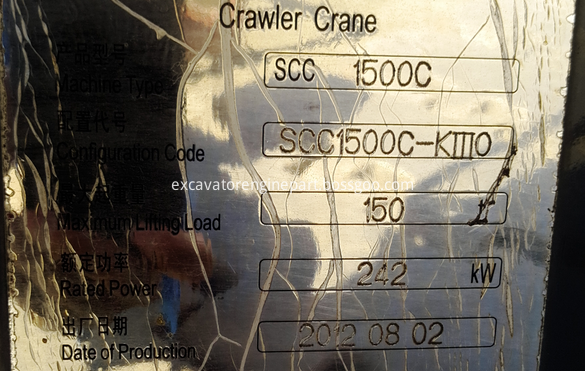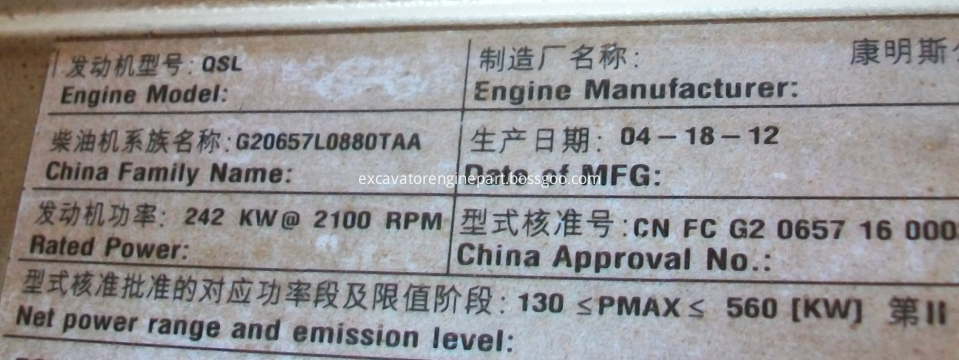By setting standards, avoid unexpectedly higher cost of ownership. The three things detailed here did not happen as expected.
When manufacturing companies try to increase profits by spending more on human resources and capital expenditures, they may find that they unwittingly move themselves further from their goals. Reducing the number of people involved in manufacturing automation support will impose a huge burden on the rest of the technicians and will not be able to effectively respond to calls for production assistance. The cuts in capital expenditure allocations force the procurement department to issue contracts to low-priced bidders on a regular basis, while assuming that all bids are identical in terms of content and deliverables.

In both cases, over time, the manufacturing company may bear higher costs, which can quickly offset the initial savings in layoffs or at the lowest price. Establishing automation standards can help manufacturing companies achieve the expected initial cost savings while reducing the risk of accidentally increasing the total cost of ownership.
Automation standards help manufacturers save money
Automation standards are a set of guidelines and specifications created by a company's automation department or created with the assistance of qualified integrators/suppliers. These standards cover a variety of topics, including but not necessarily limited to instrumentation, control and HMI (independent, thick client or thin client) hardware; programming software, including version levels; visualization/history/report software platforms including screens And the number of tags and other specifications; server and virtual machine (VM) platforms; network standards (physical and logical); configuration and programming methods (as opposed to proprietary open source); file standards (drawings, required specifications, functional specifications, evaluation specifications, Checkout and Debugging Specifications, Training Verification); Project Execution, including Design Review, FAT, SAT, Punch Checklist, and Project Closure; Use of specific productivity tools, including cloud-based tools such as Google G Suite and Microsoft Office 365 SharePoint, Team And planners. Automation standards can also include vendors such as Rockwell, Panduit, Cisco, Stratus or VMware and best practices such as ISA, IEEE, IEC, ANSI, and OMAC. Companies may have to spend some money to develop these comprehensive standards, but remember - sometimes you have to spend money to make money.
Let us review the real case where there are no automated standards that result in unexpected and unexpected costs.
In one case, a large food manufacturer added a new production line to one of its existing factories; the new line included a fairly large batch process. Integration is a minimum bid. The contract is the lowest bidder, and the project uses its own proprietary software batch engine in the project, forcing unsuspecting customers to return to the integrator for all support and modifications. The customer is very unhappy, to say the least, and feels forward handcuffs.
When an OEM or supplier is located on a different continent, the use of a proprietary automation platform may place a greater burden on the customer and may require six or more time zones to respond quickly before or after the plant shut down the entire production line problem. Even if the automation system in the factory is open source, it may encounter the same burden and lost production time, but each system has its own personality and technology, because each programmer operates in his own way. Instead of following any standards and forcing technical support resources to learn multiple methods and ways of thinking.
In another case, a recently acquired pharmaceutical company added a production line and hoped to make various improvements to several existing processes. The only specification: Low prices get orders. The current integrator has spent years helping manufacturers create and deploy standard automation platforms that meet industry best practices and FDA regulatory compliance. However, it is more advantageous for the new parent company to decide to participate in the services of the lowest cost automation supplier.
Successful bidders do enter the market at the lowest cost, win contracts, and provide engineers and engineers with little or no experience on-site programmers and engineers on existing platforms. In addition, each integrator resource at the plant uses their own techniques and methods to program the system; unlike the previous general programming/configuration standards. The progress of these projects was not smooth and caused delays in the implementation of the schedule. In addition, many traditional change control procedures that comply with regulatory compliance are routinely circumvented. Correcting most of the losses will incur additional costs.
In another example, a U.S. utility company in the Midwest has been increasing the use of automated, power-based monitoring, control, visualization, history, and reporting systems for connectivity without a comprehensive network specification. Its operation encountered annoying and increasing delay issues in control, screen updates, and operator commands. Technicians point to OEM devices and software and say they are unreliable and not robust. An inspection of the plant OT network revealed that the root cause of the delay problem lies in the network itself - unmanaged switches in many places and poor network topology practices. Solving their problems requires many remedial work and costs in the network.
Manufacturing plants and utilities should continue to look for ways to increase production, increase production, and reduce scrap, while reducing operating costs and missing production opportunities. Automation standards can significantly contribute to achieving these goals. Serve qualified system integrators to help create effective and effective automation standards for your manufacturing environment.


